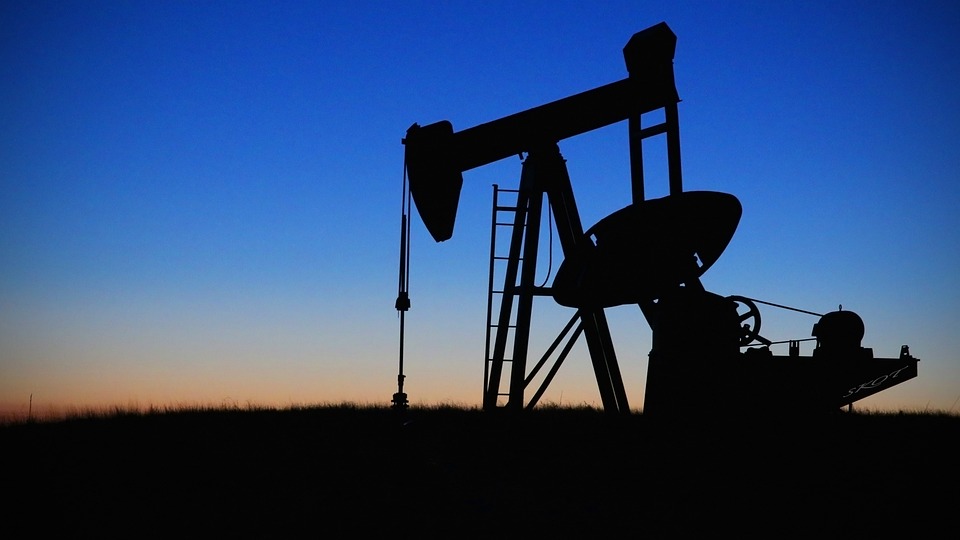OPEC+ & Omicron Uncertainty
Energy
Omicron fears continue to hit the oil market. Both Brent and WTI are now trading comfortably below US$70/bbl. This leaves Brent about 20% below the recent highs seen in late October. The forward curve has also flattened considerably. The 12-month Brent time spread has fallen from a backwardation of more than US$9/bbl in early November to a little over US$3/bbl currently. The short-term outlook is clouded with uncertainty and until there is some clarity on the impact of Omicron it is difficult to have a strong view on price direction in the near term. As long as there is this uncertainty, the market will likely be pricing in some fairly large downside risk to demand.

Image Source: Pixabay
Much will also depend on what OPEC+ decide when they meet later today. The group will have a difficult decision to make. There are three options for OPEC+.
- They can agree to increase supply by 400Mbbls/d over January as originally agreed. However, this would be a risky decision given the uncertainty over Omicron.
- They could take a pause in further supply increases, which appears to be the outcome the market is mostly expecting.
- The third option would be agreeing to deeper supply cuts in January. We would not rule out deeper cuts, as the Saudi energy minister has made a habit of surprising the market over the last 18 months or so. This action, would also be more aligned with the cautious approach we have seen from the group over the Covid period.
The sell-off in the oil market and the weakness that we have seen in the timespreads also brings into question how much interest there will be in the recently announced US SPR release, and in particular the 32MMBbbls offered through the exchange programme. Under the exchange any oil received will need to be returned at a later date at a premium (in volume). In theory with a deeply backwardated market, there would be money on the table for those who participated in the exchange. However, as the structure of the forward curve weakens so does the attractiveness to take part in the exchange.
Metals
Metals traded marginally higher yesterday amid weakness in the USD. In addition, the WHO offered some calming words to the market, commenting that vaccines will likely protect against severe Omicron cases. Comments from China’s vice premier Liu He offered further support. Liu He said that “China’s economic growth this year should exceed targets, and the government plans more support for businesses”. This appears to have helped calm concern over Chinese metals demand.
The latest LME data shows that exchange inventories for aluminium fell by 7.2kt to 893.8kt as of yesterday, sinking to the lowest level since 2007. LME aluminium inventories have fallen for 53 consecutive days now (the longest period of declines since 2018), with the majority of the outflows occurring in Asian warehouses. The aluminium cash/3M spread has tightened to a two-week high of more than US$16/t (backwardation). There are reports that Japanese aluminium buyers are set to see a decline in quarterly premiums for 1Q22 (it would be the first decline in a year). This follows an easing in electricity restrictions in China and a declining spot premium in North America. Buyers received an offer of US$195/t for 1Q22 compared to US$220/t for the current quarter.
Disclaimer: This publication has been prepared by ING solely for information purposes irrespective of a particular user's means, financial situation or investment objectives. The information ...
more


